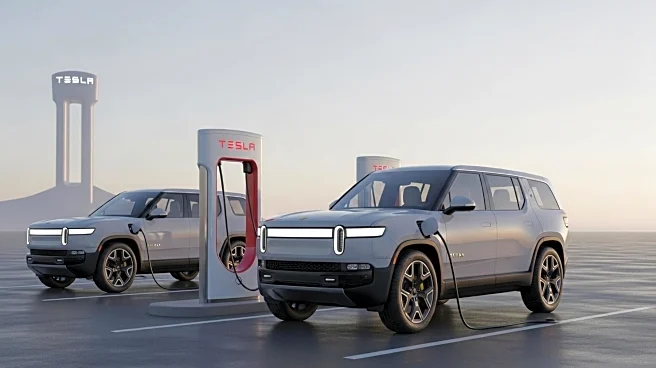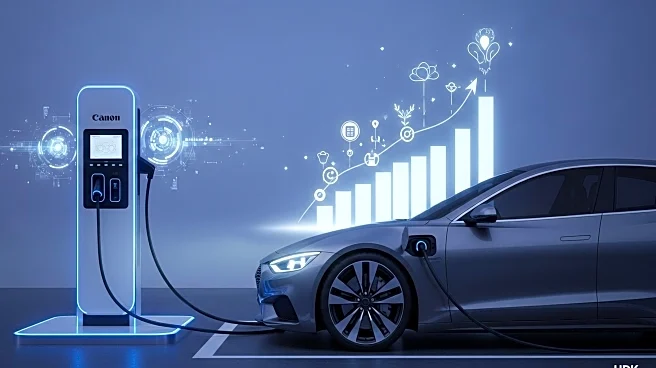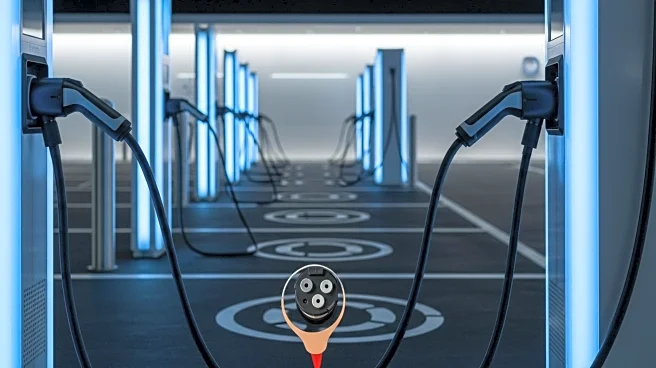What's Happening?
In 2024, Ford Motor Company CEO Jim Farley earned a total compensation of $27.6 million, making him the second highest-paid automotive CEO in the United States. This places him just behind General Motors CEO Mary Barra, who earned $29.8 million. The compensation figures include base pay, bonuses, incentive plans, stock option gains, pension benefits, and deferred pay. The report highlights the significant earnings of automotive industry leaders, with Farley and Barra both seeing an increase in their compensation compared to the previous year. The data was compiled from a survey of 61 suppliers, including public dealership groups and mobility services.
Why It's Important?
The compensation of automotive CEOs like Jim Farley and Mary Barra reflects the financial health and strategic priorities of their respective companies. High CEO pay can indicate strong company performance and investor confidence, but it also raises questions about income disparity and executive accountability. For Ford, Farley's compensation underscores the company's efforts to remain competitive in a rapidly evolving automotive market, particularly as it navigates challenges such as the shift to electric vehicles and competition from tech-driven companies like Tesla. The earnings of these CEOs also highlight the broader economic trends within the automotive industry, including the integration of advanced technologies and the impact of global market dynamics.
What's Next?
As the automotive industry continues to evolve, companies like Ford and General Motors are expected to focus on innovation and sustainability. This may involve increased investment in electric vehicle technology and autonomous driving systems. The compensation packages of CEOs like Farley and Barra will likely continue to be scrutinized by shareholders and the public, especially in light of ongoing discussions about corporate governance and executive pay. Additionally, the industry may see further shifts in leadership strategies as companies adapt to changing consumer preferences and regulatory environments.











